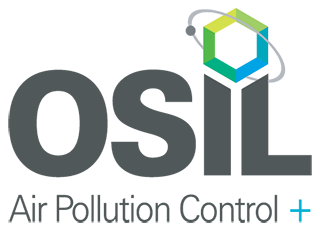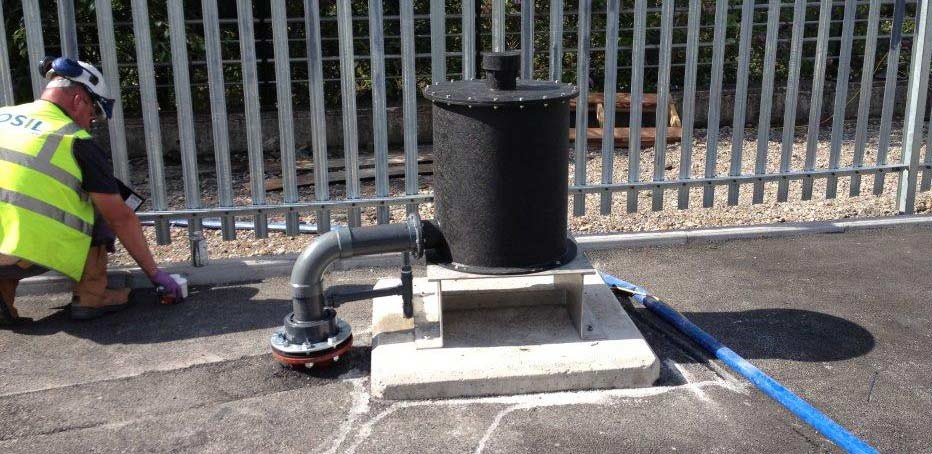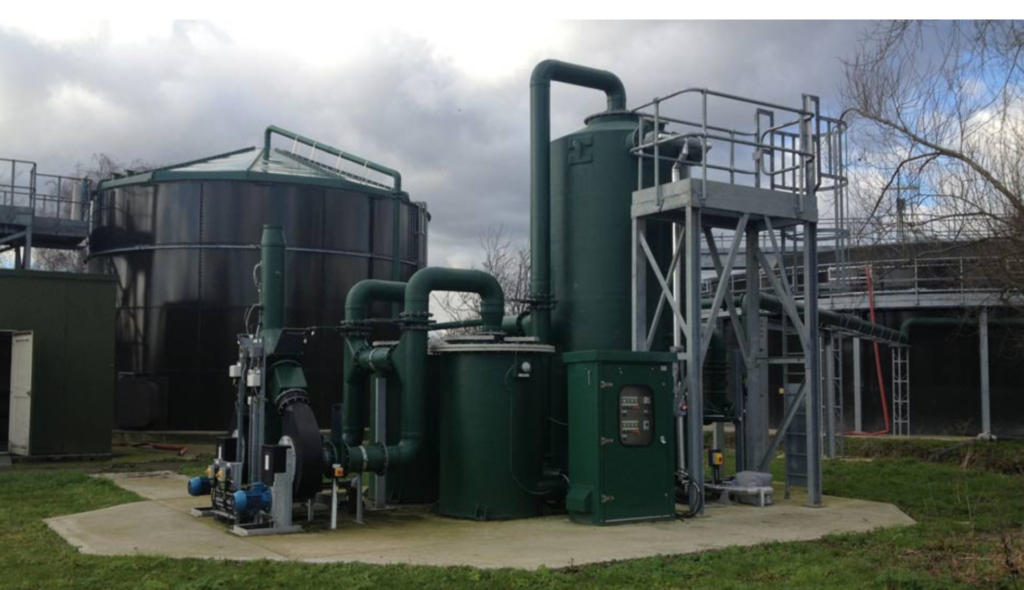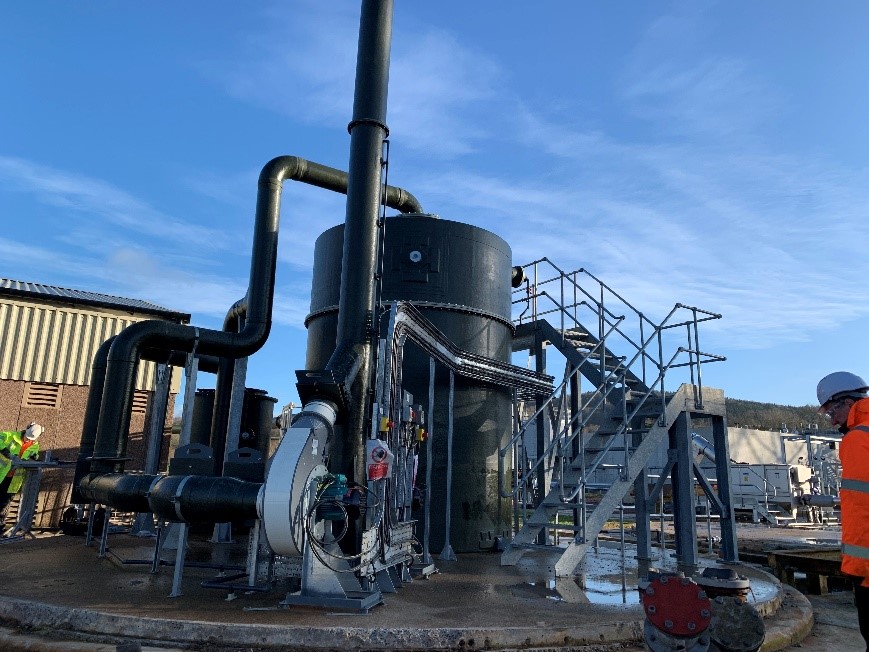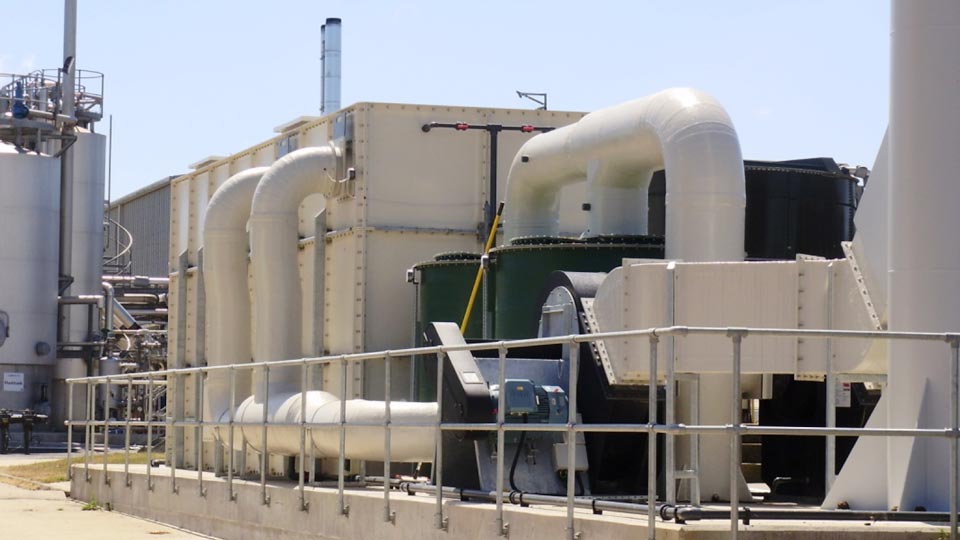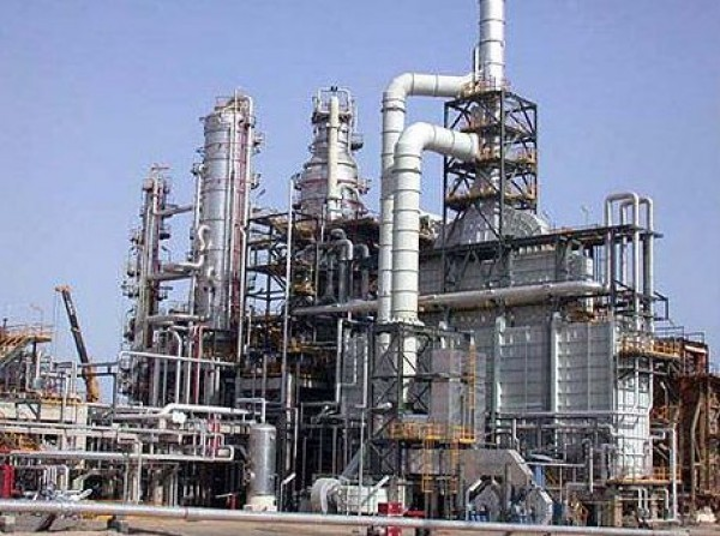
Petrol and fuel refineries produce a variety of odorous compounds including sulphides, mercaptans and hydrocarbon compounds.
These refinery odours can seep into the atmosphere and cause nuisance complaints, damaging the refinery’s reputation.
Inevitably, completely getting rid of petrol and fuel refinery odours isn’t possible – like all odours, we can only control and manage them.
Thankfully, petrol and fuel refinery odours can be efficiently dealt with using modern filtration systems that remove, absorb and adsorb odorous compounds.
Such systems need to be properly sized and specified for the application, but first, it is necessary to analyse odours and monitor them so that we can evaluate odour problems and devise accurate, efficient and effective solutions.
Odour monitoring
Data logging
Odour monitoring involves using sensors to monitor the sources of odours so we can evaluate the extent and types of odour produced. Armed with this information, we can at least offer basic advice on appropriate solutions.
Olfactometry
Olfactometry is an in-depth, lab-based odour analysis that detects and measures key odour-generating compounds. It measures the concentration of odours with an odour number that determines the strength of the odour.
Gas Chromatography Mass Spectrometry (GC-MS)
GC-MS combines gas chromatography (which tells us the various components of an odour) with mass spectrometry (which tells us the mass-to-charge ratio of one or more molecules present in a sample), giving us an odour breakdown.
Odour control systems
To get rid of odours at petrol and fuel refineries, we can use a variety of odour control systems in either single or multi-stage treatment processes:
Passive filters (adsorption)
High-quality ‘passives’ offer effective hydrogen sulphide and VOC removal. Oil and chemical storage tanks, vents and containers are prime applications.
Our passive filters have a disposable/refillable filter, and the carbon media can be tweaked to remove different odours. For example, impregnated carbon can be used to remove NH3 (ammonia) with high efficacy.
Dry scrubbing (adsorption)
OSIL’s activated carbon dry scrubbers offer effective hydrogen sulphide, VOC and ammonia removal at high flow rates. Dry scrubbers are a good solution for petrol and fuel refineries that produce significant volumes of organic odours.
Our dry scrubbers can operate as a single standalone unit or as a polishing unit downstream of biological or chemical treatment systems.
Wet scrubbing (absorption)
Wet scrubbers remove contaminants from air gas streams with a liquid absorbent (water with chemical additives). Our ChemKlean® Scrubbing System can be utilised for inlet works and exhaust gases for petrol and fuel production processes.
Wet scrubbing is often paired with a biological treatment, or the OdaCompact® system, a space-saving system that combines LavaRok® biofiltration dry media.
Biological systems (degradation)
Biotrickling filters and biofilters are two types of biological system that use a biomass to remove organic compounds from air gas streams.
Our systems use LavaRok® for the media bed. The big benefit of LavaRok® biofiltration for refinery odour control is it produces no contaminated sludge as a by-product, so it significantly reduces waste.
Providing odorous compounds are biodegradable, biological systems will treat large volumes of air with excellent efficiency.
Biological treatments can be used in refineries to remove odours from gas flaring systems, bitumen production and septic water areas.
Find out more
If your refinery is looking into odour control solutions, contact us today for a chat about how we can help you meet your goals.
